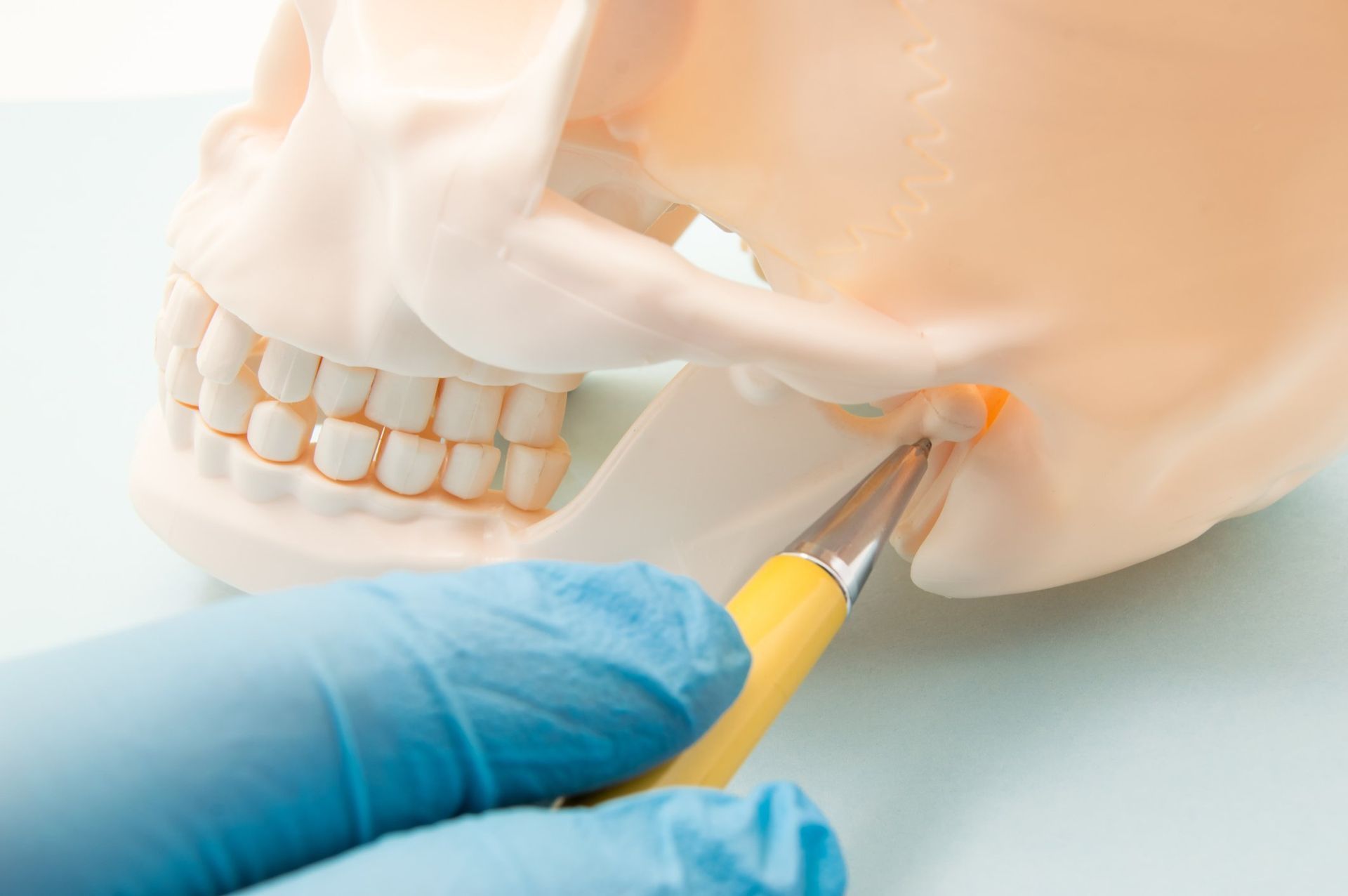Splint Therapy for TMJ
Splint Therapy for TMJ
One of the most important joints in our body is the TMJ, or temporomandibular joint. Thought of most often as the structure that joins the jaw to the skull, it serves a greater purpose. It has also been discovered that it affects our posture in addition to being used for speaking and chewing. Despite this, or possibly because of its significance, it is one of the body's most troublesome joints. TMD, also known as TMJ disorder, is a condition that causes swelling, pain, and soreness in the jaw. Along with other symptoms, including locking of the jaw and clicking, these symptoms frequently coexist. Thankfully, this condition is frequently simple to treat. One technique for this is splint therapy.
How is TMJ treated with Splint Therapy?
As a TMJ treatment, Dr. Alan Erickson at Sleep Advantage might suggest a splint or an oral appliance which repositions the jaw and relieves pressure on the TMJ, not unlike using crutches for a knee or ankle injury. When using an oral appliance the upper or lower teeth are covered by a removable dental appliance known as a splint. Splints are handcrafted in a dental lab using an impression of your teeth so they are completely unique to you, and are typically made of strong acrylic resin. Following creation, Dr. Erickson will fit and reposition the splint to ensure it is relieving the pressure on your TMJ and allowing healing.
You will be required to wear the splint as directed (during the day, only at night, or both), and to attend any necessary follow-up sessions to assess how your symptoms are
improving and have the splint modified as needed. Dr. Alan Erickson at Sleep Advantage will provide you tips on how to take care of the splint properly.
The jaw's ligaments and muscles can relax with the use of splints. This helps to prevent unconscious jaw habits including clenching, grinding, and other TMJ pain-causing behaviors.
Bite alignment issues can potentially lead to TMD. The jaw can be strained by over- and under-biting, which can cause TMD pain. The splint helps to bring the bite angle back to its neutral & stress free position.
Additionally, splints can assist with bruxism and prevent further damage to the patient's teeth. Headaches, sore teeth, and excessive enamel loss have all been linked to clenching and grinding, whether consciously or unconsciously.
Type of Splints
Splints exist in a variety of shapes, however, they can all be divided into two separate categories:
❖ Stabilization Splints - These are worn to relieve the pressure on the TMJ caused by clenching, grinding, and other bruxism symptoms. This splint, which is only worn at night, covers every tooth and is typically worn on the top teeth.
❖ Repositioning Splints - These are used to correct biting alignment issues or occlusions and protect against TMJ pressure during the day. They are worn all day long every day until the desired result is attained.
Splints are a useful tool for treating issues including bruxism and occlusions and can provide a long-lasting solution to the underlying issues. However, some cases require “Phase II” therapies to permanently reposition the jaw into the “stress free” position achieved by the appliances. Effective treatment options include surgery, orthodontics, and dental work.
Make an appointment with Dr. Alan Erickson at Sleep Advantage located in Arlington right away if you think you could be suffering from TMD symptoms and want to know if splints can help. To deal with your particular worries, they will set up an examination and consultation. For our doctor to fully comprehend the underlying causes in some circumstances, dental imaging may be required. TMD can be uncomfortable and even crippling, but our treatments are frequently successful in regaining full function for our patients.


